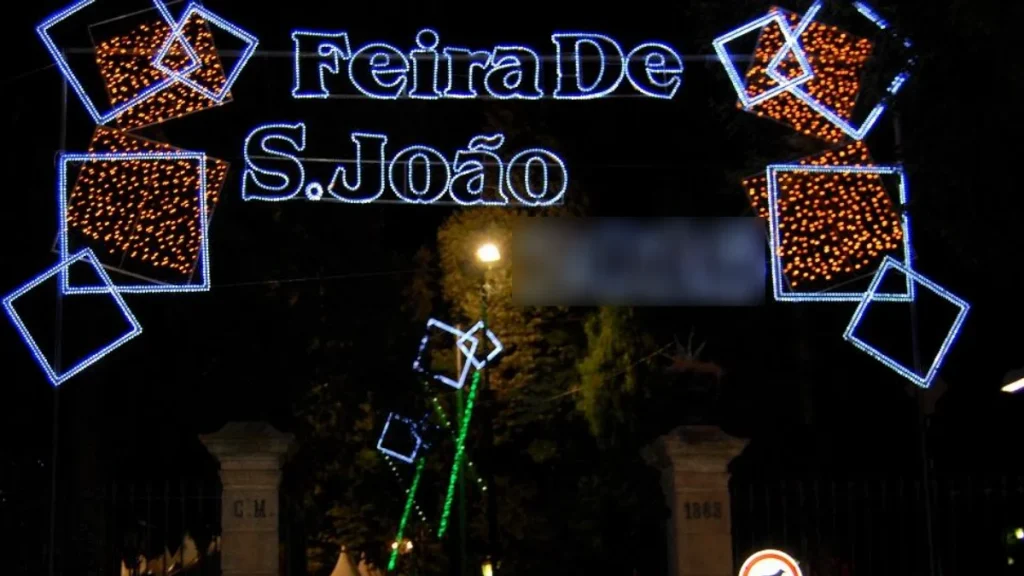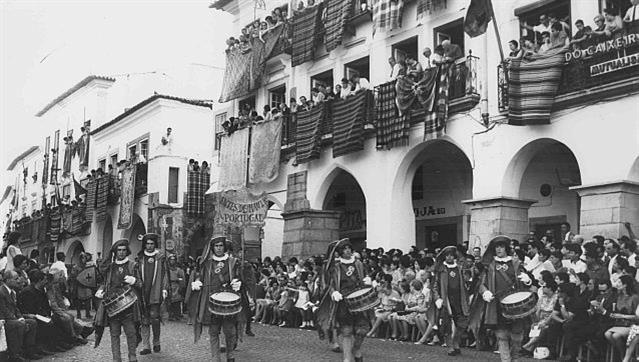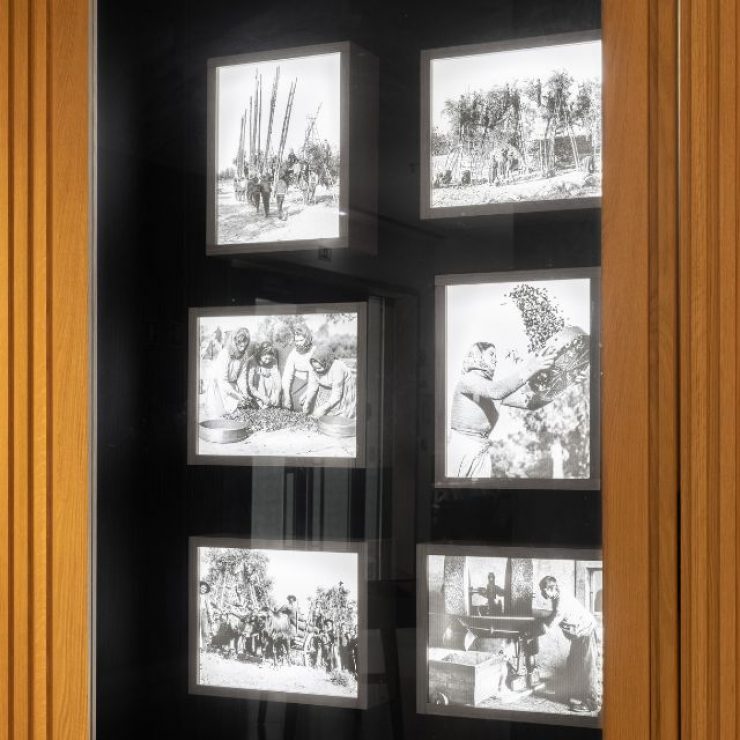If you love a city full of history, Évora is the right city. Enjoy the gastronomy. The wines. The Olive Oil. But don’t forget that June is party time.

Feira de S. João in Évora
If you consider that Évora and the Alentejo is just a synonym of wandering in the Alentejo, good gastronomy, wine and olive oil, you are right. It is certainly all that, but also revelry.
In June, there will be no lack of cultural programming. In the 2023 edition of Feira de São João in Évora, from June 23 to July 2, there will be the usual areas for exhibitions, handicrafts, food and drinks, popular entertainment and sports. Music is queen, with a diverse lineup from June 23rd to July 2nd. Always at 10 pm.
On June 23, we will have Gisela João. The Black Mamba on the 24th of June. Carolina Deslandes will be present on the 25th of June. June 26 the Encontro de Etnografia e Folclore – Fundação Inatel. Tiago Bettencourt with the band Filarmónica Liberalitas Julia will mark the 27th of June. Jorge Palma on the 28th. Saint Peter’s day with Marisa Liz. Day 30 the Átoa. July 1st D.A.M.A and the Clã will end the festivities.
Visit and stay at a hotel in Évora, where there will be no shortage of entertainment.
Don’t leave now, because we’re going to let you know a little about the history of this popular festival.
The origin of Feira de S. João in Évora

Feira de São João has existed with this name since 1569. The first Feira de São João took place in the largest open space in Évora, Rossio de São Brás, on June 24, 1569. Years later, in 1574, the D. Sebastião’s charter which regulated that the fair always took place in the space, where it still takes place today.
The importance of Feira de São João for Évora has been such that, in the mid-20th century, the municipal holiday was fixed on June 29 (Saint Peter’s Day), as this was the last day of the Feira de São João.
Saint Peter, patron saint of the city of Évora
Saint Peter’s Day began to be celebrated on June 29 from the 3rd or 4th century onwards, as well as Saint Paul’s Day. Historians justify the creation of the reference to the two saints to take the place of an ancient pagan celebration that celebrated on the same day the feast of Romulus and Remus, considered the fathers of the city of Rome.
The most faithful attribute June 29 as the day on which the transfer of the remains of Peter and Paul was made to São Sebastião, due to the persecution of the Roman emperor Valerian, in 257.
The celebration has sardines, wine and processions, music and joy, just like the other feasts of Saint Anthony, in Lisbon, and Saint John, in Porto.
Saint Peter is distinguished from the other patron saints of Lisbon and Porto thanks to the keys he holds in his hand. Those are the keys to the gates of heaven and it is São Pedro who has the power to decide who enters, as can be read in the Gospel according to Saint Matthew: “And I will give you the keys of the kingdom of heaven”, Jesus Christ told him.
_
If you liked these suggestions, stay tuned to our blog, where we will continue to give you tips on what to do and visit in Évora, Lisbon and Porto.




